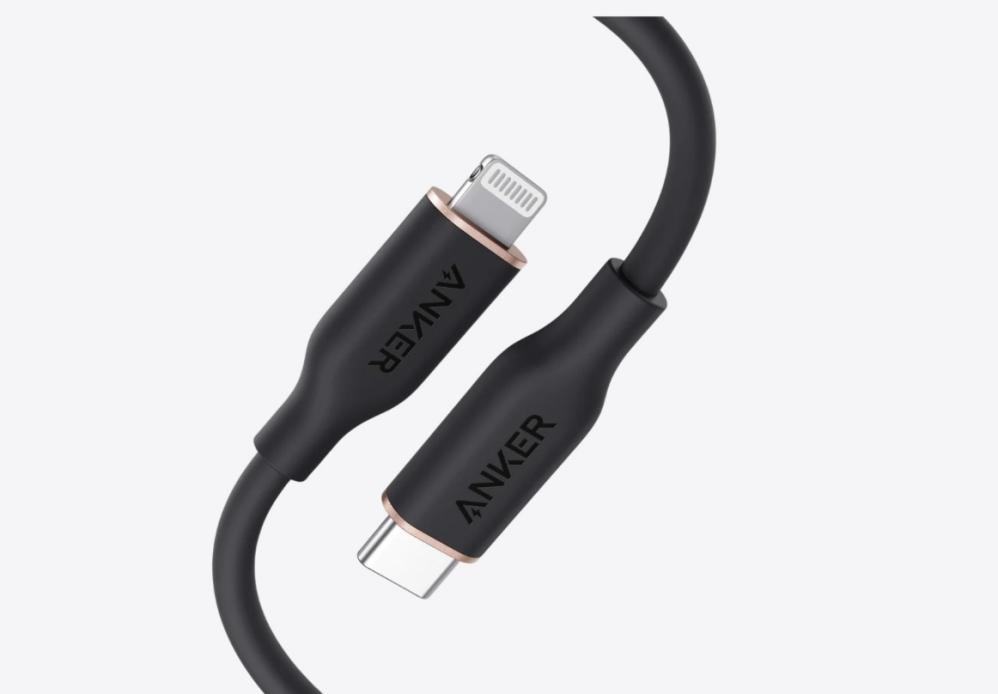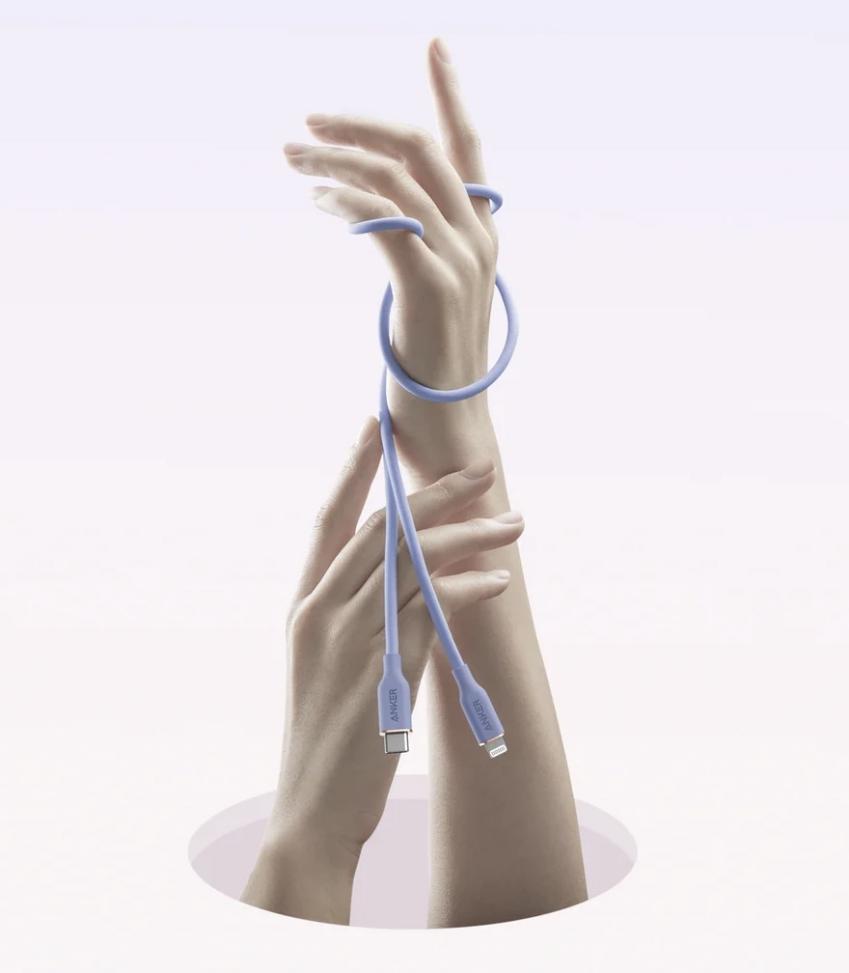
Frayed wires, slow charging, and sudden disconnections—charging cables seem to fail at the worst possible moments. Many of us have gone through multiple cables in a year, wondering why they don’t last longer. The truth is, several factors contribute to their short lifespan, from poor materials to daily wear and tear. Understanding these issues can help you prevent damage and save money in the long run. In this article, we’ll explore the main reasons cables fail and share practical tips to extend their life.

1. Poor Wire Quality & Cheap Materials
Not all charging cables are built the same. Many budget-friendly options use thin copper wires and low-quality insulation, making them prone to breaking internally. Over time, repeated bending and twisting weaken these fragile wires, leading to intermittent charging or complete failure. Cheap rubber coatings, often used in low-cost cables, crack and peel after a few months of use. Once the outer layer deteriorates, the inner wires become exposed, increasing the risk of shorts or fraying. Some manufacturers also skip essential shielding, making the cable vulnerable to electrical interference, which can slow down charging and data transfer. Investing in well-made cables might cost more upfront, but their reinforced wiring and durable materials ensure they last significantly longer.

2. Physical Stress & Everyday Damage
Charging cables endure constant bending, twisting, and pulling, especially near the connectors where stress is highest. Many people yank the cable out by the wire instead of the plug, gradually loosening internal connections. Even small daily habits, like tightly wrapping the cable around a charger or stuffing it into a bag, contribute to wear over time. The strain is worse when using the phone while charging, as bending the cable near the port weakens its structure. Pets chewing on cables, chairs rolling over them, or accidental tugs can also cause immediate damage. Repeated stress leads to broken wires inside the insulation, which may not be visible until the cable stops working entirely. To minimize damage, avoid sharp bends and store cables loosely coiled instead of tightly wound.
3. Heat, Moisture & Environmental Factors
Extreme temperatures and humidity can silently damage charging cables. Leaving them in hot cars or near heaters softens the insulation, making it more likely to crack. Cold temperatures, on the other hand, make plastic coatings brittle, increasing the risk of splits when bent. Moisture is another silent killer. Spills, high humidity, or even sweat can corrode the metal connectors, leading to poor conductivity. Over time, oxidation builds up, causing slower charging or erratic connections. If a cable gets wet, drying it thoroughly before use can prevent short circuits. Storing cables in dry, moderate-temperature environments helps preserve their lifespan.
4. Electrical Issues That Kill Cables
Power surges, unstable voltage, and incompatible chargers can damage cables over time. Cheap chargers that deliver inconsistent power may overheat the cable, weakening its internal wires. Fast-charging protocols, while convenient, generate more heat, accelerating wear if the cable isn’t designed to handle it. Using a cable not rated for your device’s power requirements can also cause overheating. For example, a low-power cable used with a fast charger may overheat, melting the insulation or damaging the wires. Similarly, plugging into a faulty USB port or a damaged adapter can send irregular currents, harming both the cable and the device. To avoid electrical damage, always use cables that match your charger’s output.
5. How to Make Your Cables Last Longer
Proper Wrapping & Storage Tips
One of the simplest ways to extend a cable’s life is storing it correctly. Tightly wrapping cables around chargers or bending them at sharp angles strains the wires. Instead, loosely coil the cable in a figure-eight pattern or use a Velcro tie to keep it neat without excessive tension. Avoid hanging cables by their ends, as this puts constant stress on the connectors. If you carry cables in a bag, use a small pouch or case to prevent tangling and crushing. For those who frequently travel, a cable organizer can prevent knots and accidental damage from other items.
Choosing Durable Brands (Anker)
Not all cables are created equal. High-quality brands use superior materials like braided nylon, reinforced connectors, and thicker copper wiring. For instance, designed for speed, reliability, and durability, Anker USB-A and USB-C to lightning cable provides fast charging and efficient data transfer. While they may cost slightly more upfront, their longevity makes them a smarter investment than replacing cheap cables every few months. Look for warranties or guarantees, as reputable brands often stand by their products.
DIY Fixes for Frayed Cables
If a cable starts fraying near the connector, you might salvage it with simple repairs. Electrical tape or heat-shrink tubing can reinforce weak spots temporarily. For a more durable fix, apply a small amount of Sugru moldable glue or a spring from a pen to act as a stress reliever. However, if the cable shows signs of internal damage (intermittent charging, overheating), it’s safer to replace it. A damaged cable can harm your device or even pose a fire risk.
Conclusion
Charging cables fail quickly due to a mix of poor materials, physical stress, and environmental factors. By understanding these issues, you can take steps to prolong their lifespan—proper storage, careful handling, and using high-quality cables make a significant difference. For reliable performance, consider Anker’s durable cables, designed to withstand daily wear while delivering fast, safe charging. Combined with good habits, investing in better cables saves money and frustration in the long run. Treat your cables well, and they’ll keep your devices powered for years.